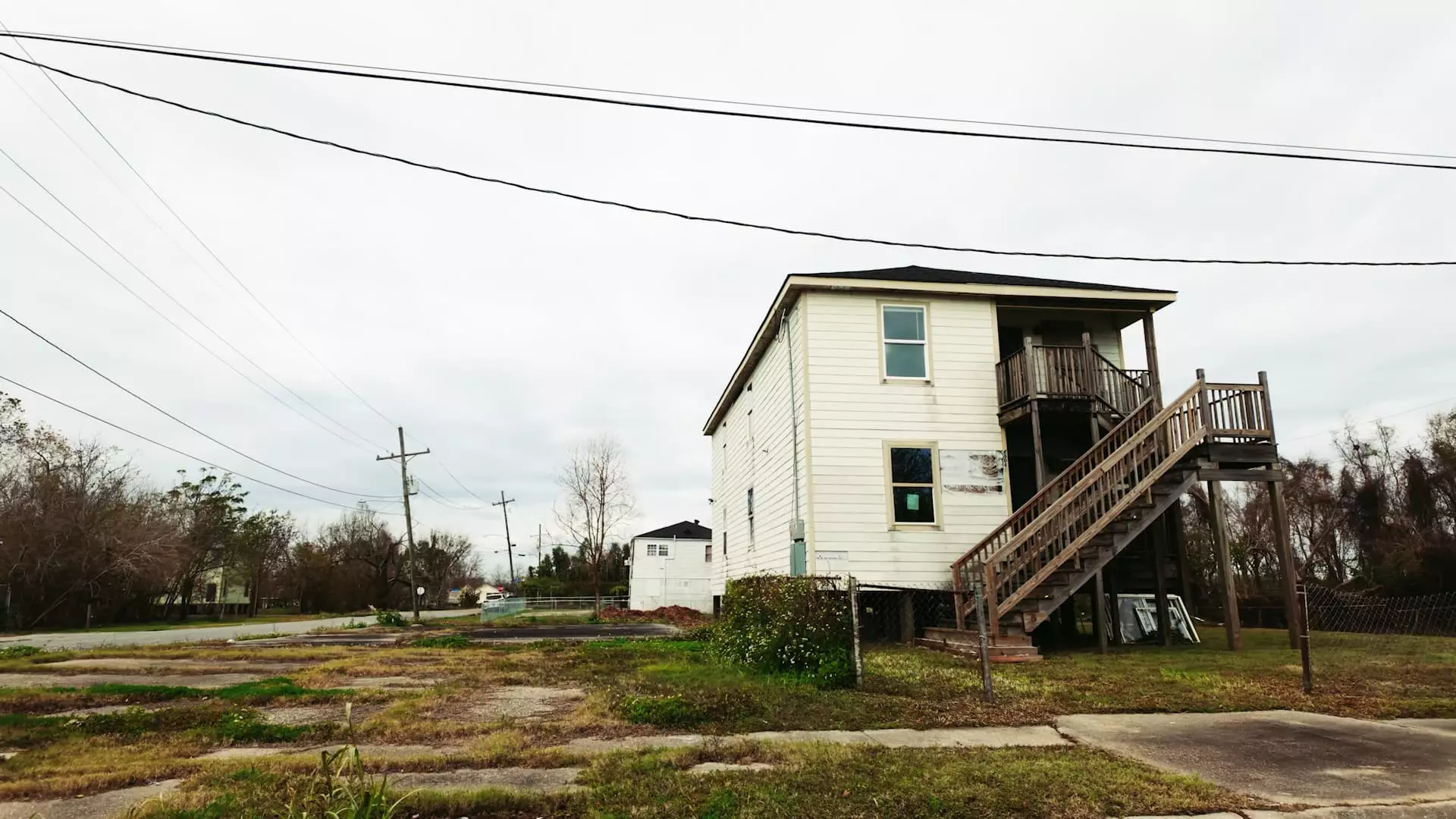The aftermath of Hurricane Katrina in 2005 left New Orleans in ruins, and two decades later, the city is still grappling with the devastating fallout. As residents and officials confront the challenges of rebuilding the city, they must navigate a complex landscape marked by skyrocketing property values, economic disparities, and ongoing environmental threats. The struggle is not merely architectural but deeply influenced by socioeconomic factors that reflect the unique needs of a diverse and vibrant community.
Hurricane Katrina was an unprecedented disaster that claimed over 1,800 lives and displaced millions, making it the most catastrophic tropical cyclone in U.S. history. As the water receded, it left behind a landscape where nearly a quarter of the housing stock lay abandoned. This mass displacement severed the community fabric, leaving survivors grappling with grief and uncertainty about their futures. Many of the city’s neighborhoods, particularly those hit hardest like the Lower Ninth Ward, have seen a slow return of their original residents. Census data reveals that just a third of the residents have returned, imbuing the area with a lingering sense of loss and disruption.
As New Orleans began to rebuild, an unintended economic consequence emerged: a steep rise in property values, particularly in areas that experienced less flooding. Calvin Alexander, a long-term resident in the Lower Ninth Ward, has witnessed his property value skyrocket by 266% since 2005. Supplementing this microcosmic reality are broader trends, with property values across the metro area climbing by almost 71% during the same period. This meteoric rise poses significant challenges for lower-income residents trying to return to their neighborhoods and reclaim their homes amidst escalating costs.
Critics argue that the federal “Road Home Program” further entrenched inequalities by basing compensation on pre-storm property values rather than the actual damage sustained. Laura Paul, from lowernine.org, points out that this approach disadvantages low-income homeowners who may lack the financial resources necessary for adequate rebuilding. As a result, the city now faces mounting financial troubles, characterized by both declining household incomes and rising poverty rates, which exceed the national average.
Even as New Orleans continues its arduous process of recovery, the threat of future storms looms large. The federal and state governments have invested approximately $15 billion in enhancing the city’s infrastructure—drainage systems, water pumping stations, and levees are all geared towards mitigating future disasters. Unfortunately, these preventive measures present their own complexities; land subsidence, a gradual sinking of the land, is exacerbated by some of these infrastructure developments. As the city tries to fortify itself against the elements, it inadvertently exacerbates its vulnerability to long-term environmental risks.
Despite these challenges, state officials maintain a hopeful outlook on the economic return generated by investments in storm protection. Glenn Ledet, the executive director of the Coastal Protection and Restoration Authority, emphasizes a return of $7 for every dollar spent on hurricane protection systems. The economic implications extend beyond mere protection; they touch upon New Orleans’ cultural and commercial lifeblood, characterized by landmarks such as the Caesars Superdome and the Port of New Orleans.
New Orleans’ recovery journey is far from reaching its destination. The city aims to elevate approximately 4,000 homes in the coming years, addressing the ongoing risks posed by severe weather. However, for meaningful progress to occur, a holistic approach must emerge—one that not only relieves the immediate burden of infrastructure rebuilding but also provides genuine support to the community’s vulnerable demographic.
Moving forward, it is vital for policymakers to prioritize equity in rebuilding efforts, ensuring that all residents, especially those from low-income backgrounds, have access to necessary resources to rebuild their lives. As New Orleans seeks to rise from the ashes of disaster, prioritizing inclusive development will be key to fostering a resilient, unified community ready to face the challenges of an unpredictable future.

